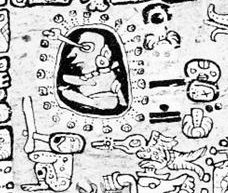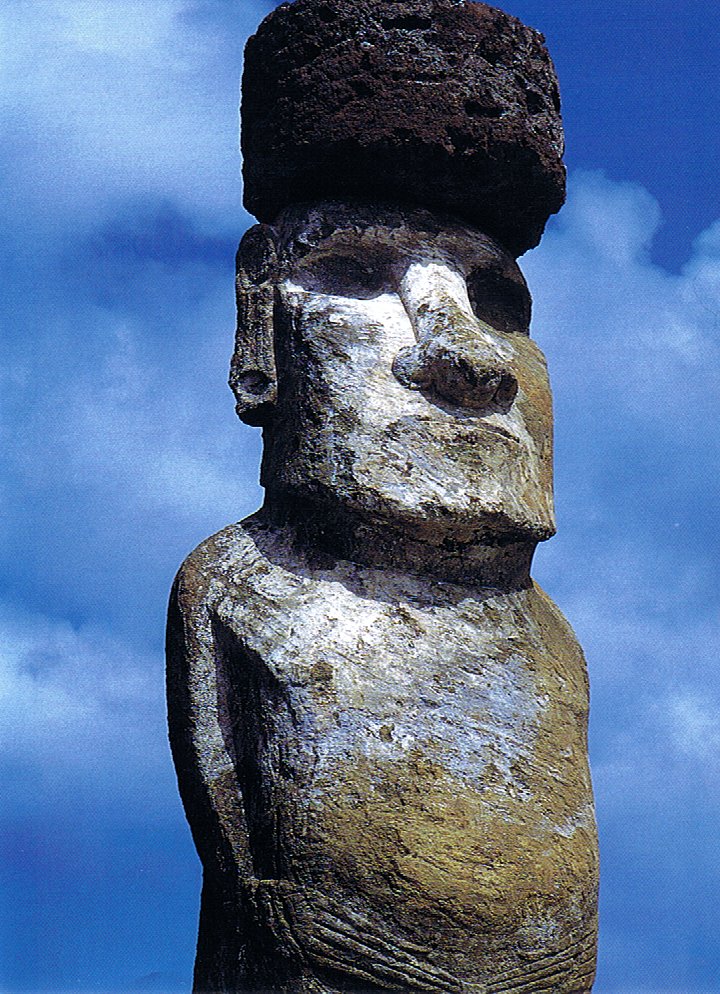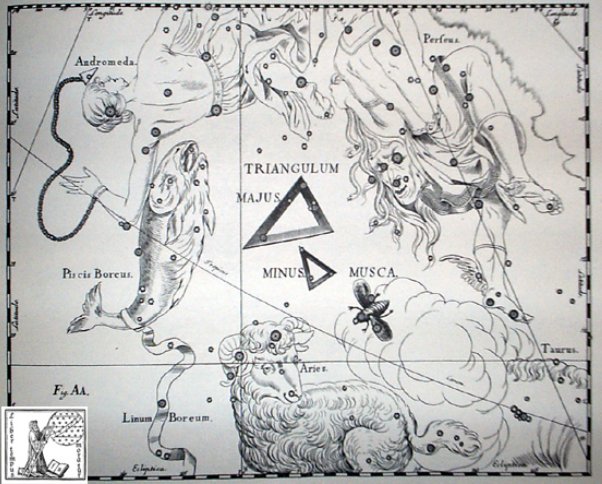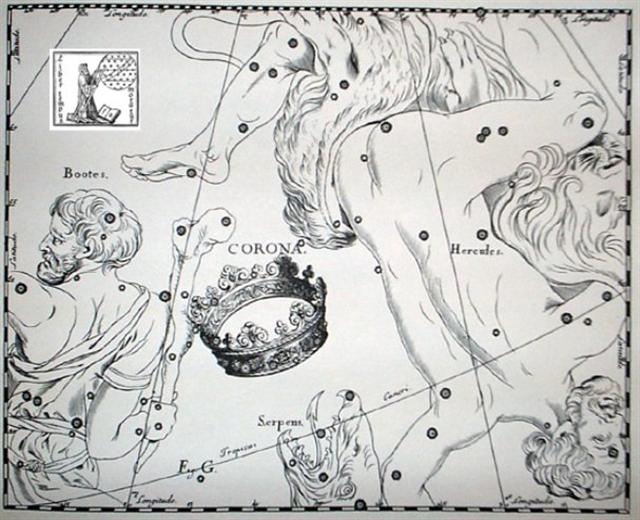|
584
59 In contrast to people in the north they on Easter Island primarily might have looked not to the Sun rising in the east but to the stars of the night (Mata-ki-te-ragi) for guidance.
... The great stone Moai of Easter Island were at one time equipped with beautiful inlaid eyes of white coral and red scoria. In a number of cases - though not at Ahu Akivi - sufficient fragments have been found to make restoration possible, showing that the figures originally gazed up at an angle towards the sky. It is therefore easy to guess why this island was once called Mata-Ki-Te-Rangi, 'Eyes Looking at Heaven'. On a moonlit night its hundreds of 'living' statues scanning the stars with glowing coral eyes would have seemed like mythic astronomers peering into the cosmos. And in the heat of the day those same eyes would have tracked the path of the sun, which the ancient Egyptians called the 'Path of Horus' or the 'Path of Ra'. This was also the 'path' pursued by the Akhu Shemsu Hor, the 'Followers of Horus', for whom the exclamation Ankh'Hor - 'the god Horus Lives' - would have been an everyday usage ...
I therefore suggest we should try to put also the glyphs on the A tablet in parallel with the culmination dates for the relevant stars, viz. as we already have done for Cb1-9 and Ca6-5
For I have suggested the beginning of side b on the A tablet was similar to the text at the beginning of side b on the C tablet:
Hemo. Tu. hemo, to disclose, to reveal. Mgv. emo, separated, broken off. T. hemo, conquered, to escape. Mq. hemo, to separate. H. hemo, to unloose. Churchill. On Easter Island, south of the equator, the singing of fresh waters (i ako te vai) would ensure the reproduction (pregnancy) of Mother Earth at Bharani - 41 Arietis, *41.4, in the asterism Musca (Borealis) - viz. in the day where the Full Moon ideally would be observed in October 28 (301).
April 28 (118 = 4 * 29½) was the date from north of the equator and therefore 118 + 183 = 301 (October 28) was the date to be used south of the equator, where the seasons were 'upside down'. 17 February (413 = 14 * 29½) was day 365 + 48:
The distance from the culmination of Alphekka Meridiana (α Coronae Borealis) to the culmination of Fomalhaut (α Piscis Austrini - or Notius) was 298 (October 25) - August 13 (225) = 73 days → 584 / 8 = 365 / 5:
|
|||||||||||||||||||||||||||||||||||||||||||||||||||||||||||||||||||||||||||||||||||||||||||||||||||||||||||||














